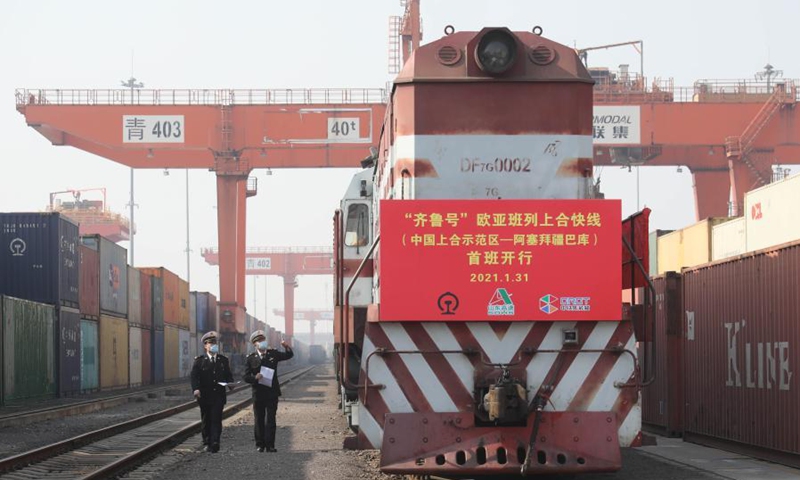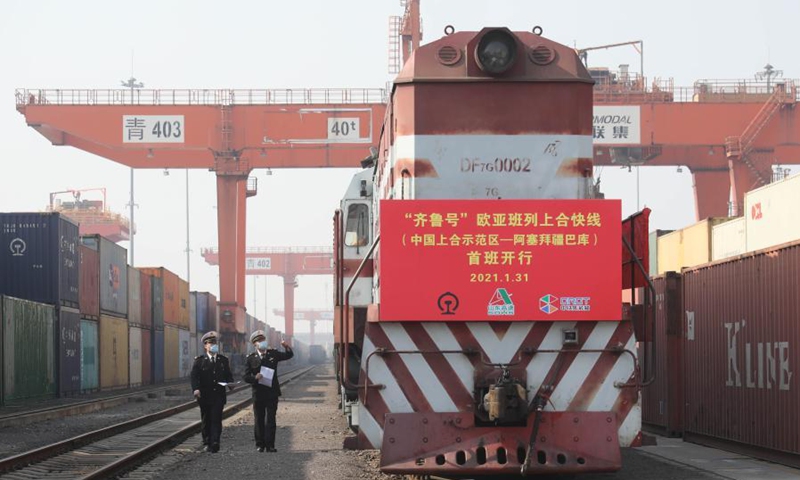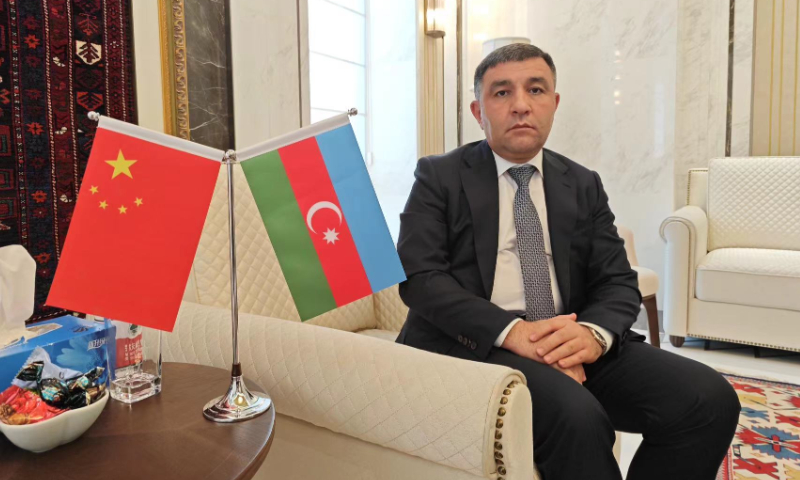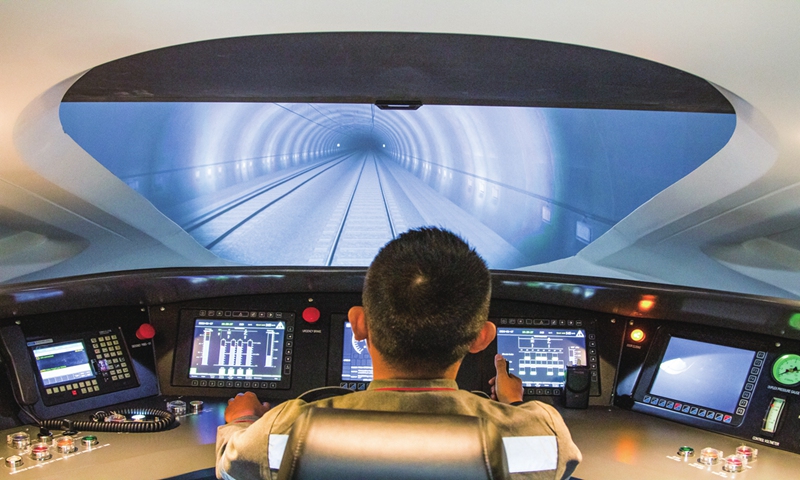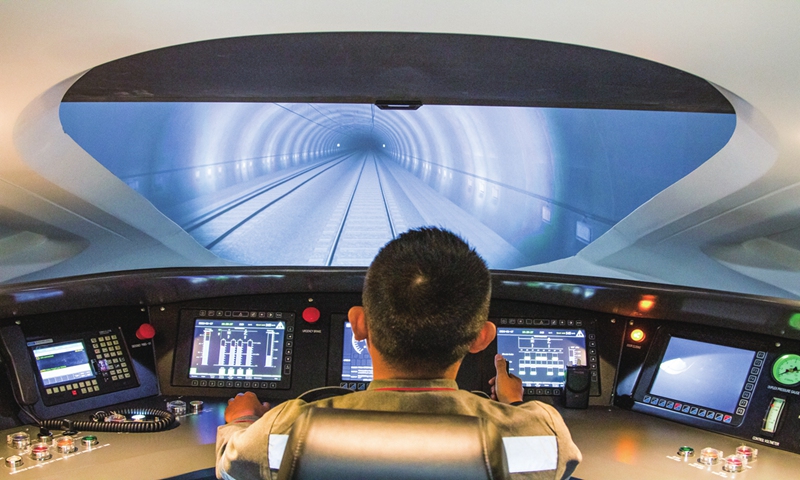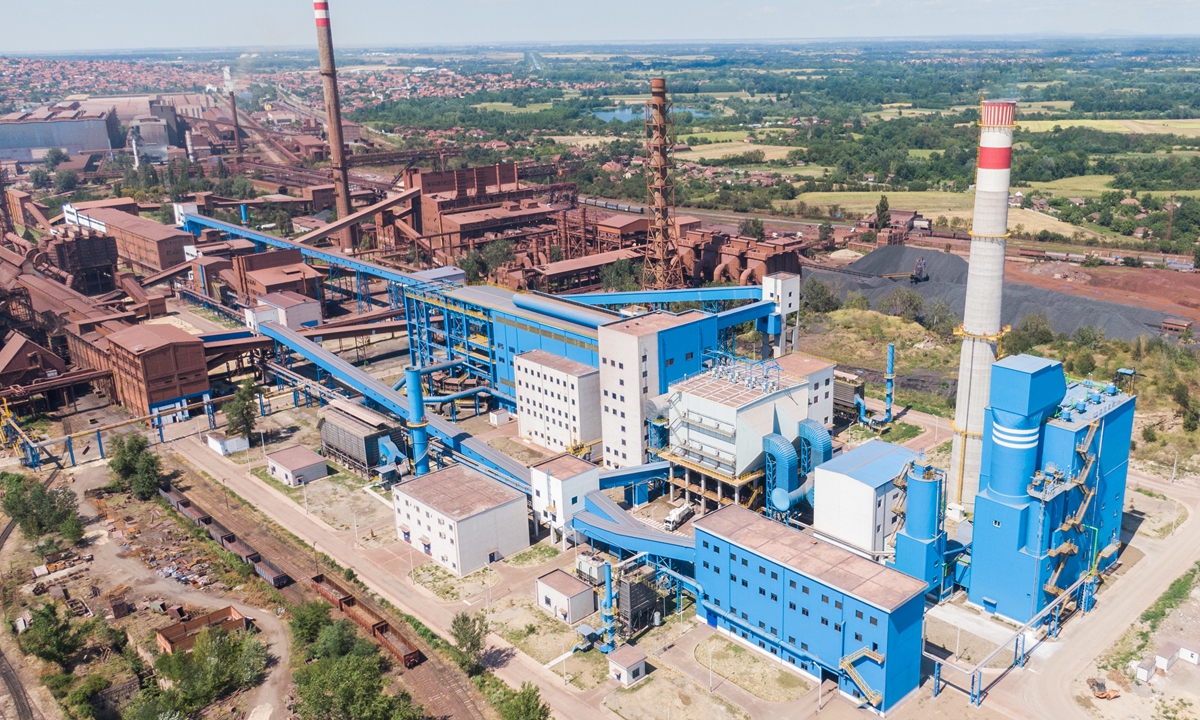
An aerial view of the HBIS Serbia Photo: Courtesy of HBIS Serbia
Chinese President Xi Jinping and French President Emmanuel Macron had an in-depth engagement during a restricted meeting at Col du Tourmalet in the Pyrenees mountains in southwestern France, an area dear to Macron for being the birthplace of his maternal grandmother. The special arrangement allowed the two leaders to establish a more direct dialogue in a personal and friendly atmosphere.
Holding a meeting in the tranquil southern French mountains is also viewed a continuation of the pleasant memory when Xi and Macron held an informal talk in April 2023 in Guangzhou, the capital of South China’s Guangdong Province. At that time, the two leaders listened to a live performance of the ancient Chinese music piece “High Mountains and Flowing Water” in the Pine Garden, which represents cherished friendship in Chinese culture.
Besides France, there are also many representative buildings and sites in Serbia and Hungary that have witnessed and serve as testimonies to their friendship with China.
After Xi embarked on a state visit to France, Serbia, and Hungary on May 5 – his first overseas trip of the year – these significant locations have once again captured people’s attention.
The former site of the Lyon Sino-French Institute is located on a hill in Fourvière in the city of Lyon, France. After 100 years of wind and rain, the towering stone gate at the old site still bears a clear inscription of the institute’s name in both Chinese and French.
The only overseas university that China founded in modern times, the Lyon Sino-French Institute was established in July 1921. It trained many Chinese who later became crucial leaders in the founding of the People’s Republic of China (PRC), including Zhou Enlai and Deng Xiaoping. Since its resumption in the 1980s, the institute has continued to educate various talents for China’s reform and opening-up.
During his first visit to France in March 2014, President Xi visited the Charles de Gaulle Foundation in Paris. He visited the office of General Charles de Gaulle, laid a wreath at his bronze statue and wrote “Paying Tribute to the Great Man and Composing a New Chapter in Chinese and French History” in the guest book.
In Serbia’s capital Belgrade, people are easily captivated by a unique modern building – the China Cultural Center – that looks like a beautiful ancient Chinese landscape painting drawn along the banks of the Danube River.
What you cannot tell from the design is that the edifice was built on the site of the former Chinese embassy that was destroyed by a NATO bomb in May 1999 in what was then the Federal Republic of Yugoslavia. This special history makes the center not only an important bridge and bond for cultural exchanges between the two countries, but also a seal of approval for the ironclad friendship between China and Serbia amid the development of the times.
At the hot mill at HBIS Smederevo steel plant, or Hesteel Serbia, Nenad Cvetanovic and his colleagues were thrilled to get a reply letter from Xi at the end of April, a few days before the Chinese president’s second state visit to Serbia after eight years.
Established in 1913, the steel plant used to be a pillar of former Yugoslavia’s metal industry, but was on the verge of closure in the 1990s. It struggled for about two decades until China’s Hesteel Group purchased it in 2016. President Xi made a trip to the steel plant in June 2016 and interacted with workers in the dining room, encouraging them to work hard to bring benefits to local residents.
In Budapest, the capital of Hungary that is dubbed the “Pearl of the Danube,” nine unique bridges connect Buda and Pest across the river, enhancing the accessibility and charm of the city.
With a total length of 341.7 kilometers, the Hungary-Serbia railway, a flagship project of the China-proposed Belt and Road Initiative, is now bridging Budapest and Belgrade closer together, injecting new impetus into the economies of the two countries.
The special significance of bridges was also noted by President Xi during his first visit to Europe. “A bridge not only makes life more convenient, it can also be a symbol of communication, understanding and friendship,” Xi said.
With President Xi’s visit, the friendship between China and Europe is also warming up again. People on both sides hope that this visit will build more bridges of friendship and cooperation between China and France, Serbia and Hungary, and even the whole of Europe.
Global Times
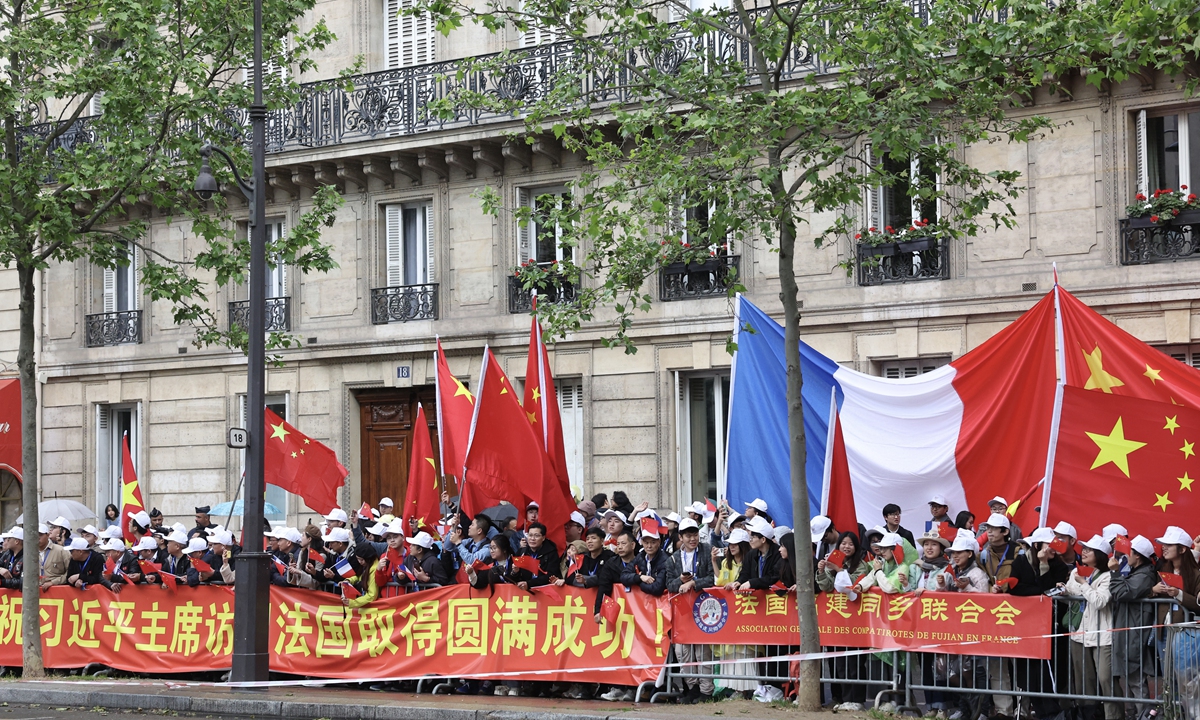
People gather on the streets of Paris waving Chinese and French national ffags to welcome Chinese President Xi Jinping on May 5, 2024. Photo: cnsphoto
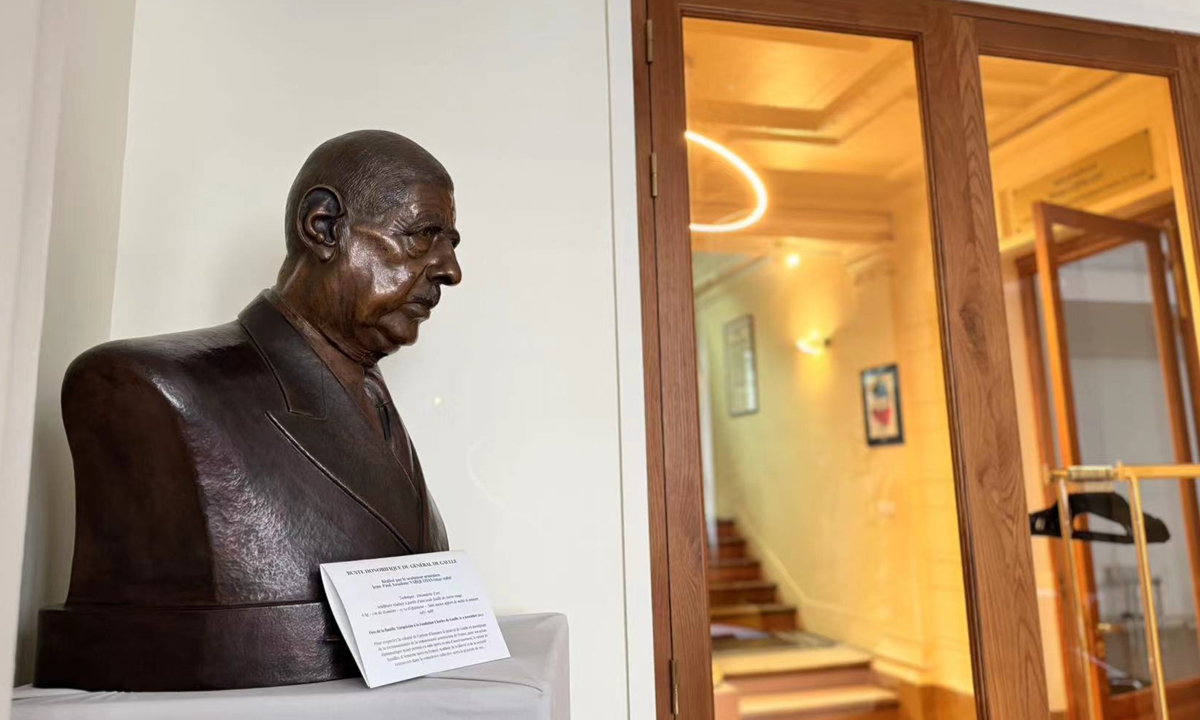
Picture shows a statue of the Charles de Gaulle at the Charles de Gaulle Foundation in Paris. Photo: He Zhuoqian/GT
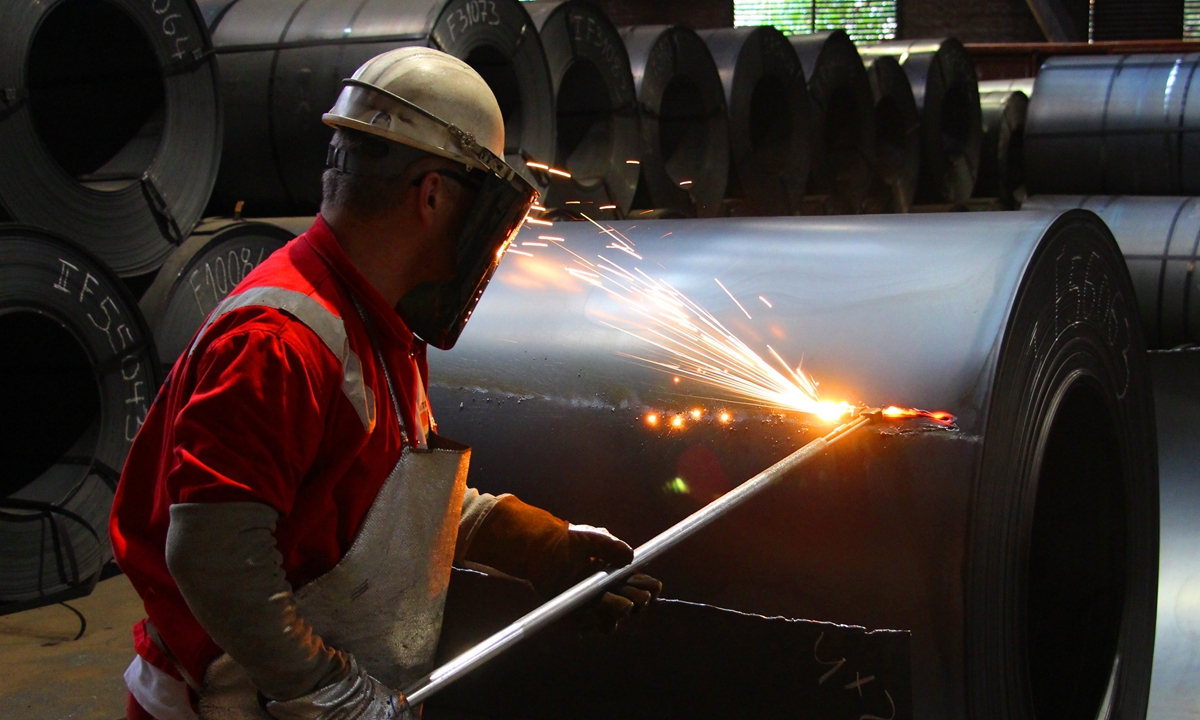
A Serbian worker of HBIS Serbia, wearing protective masks, make steel in the plant. Photo: Courtesy of HBIS Serbia
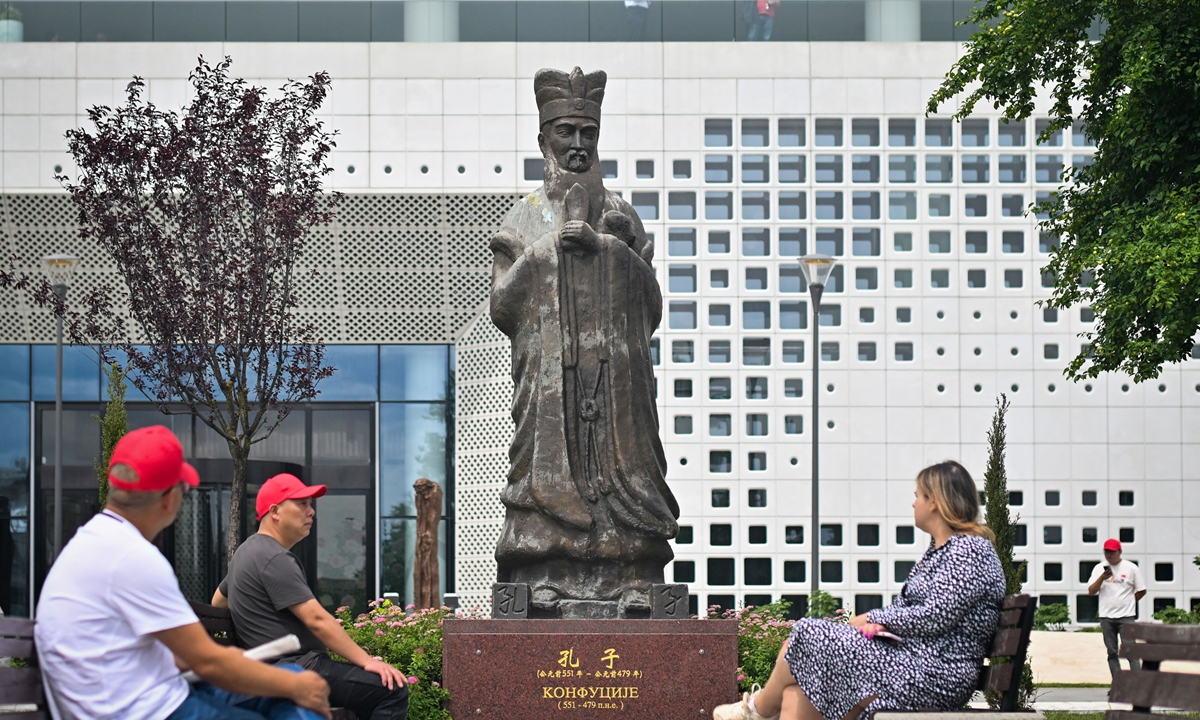
Visitors sit near a statue of Confucius in front of the Chinese Cultural Center in Belgrade, capital of Serbia, on May 7, 2024. Photo: VCG
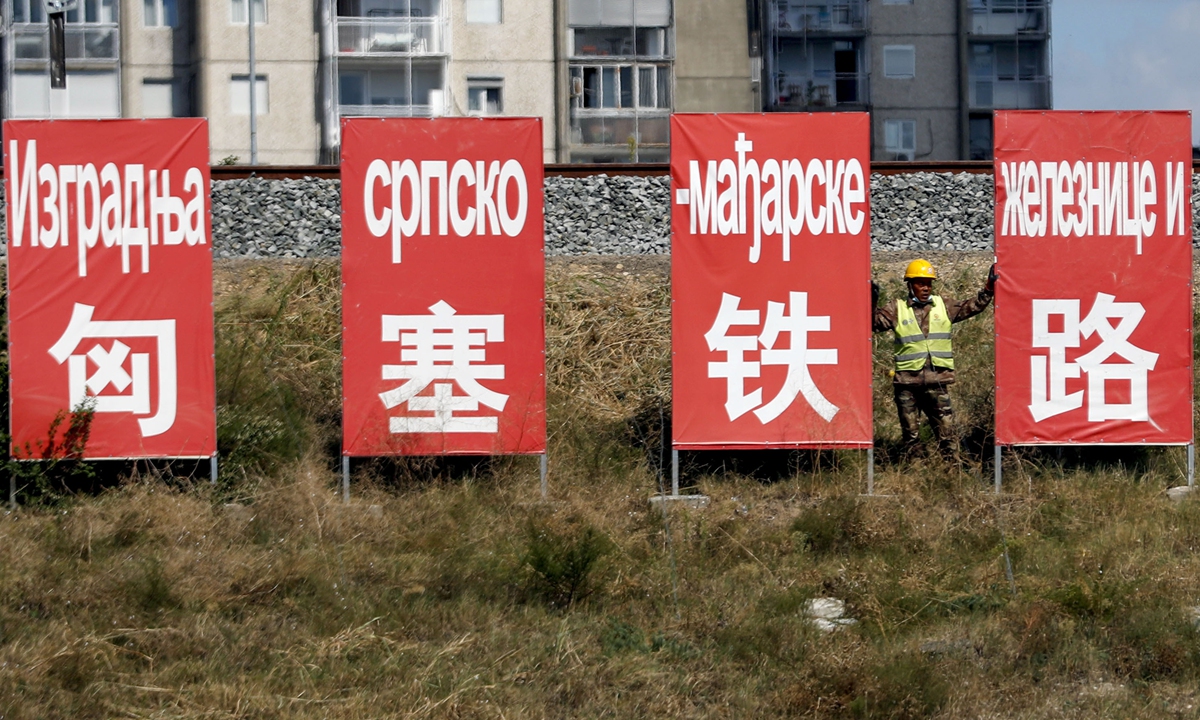
A worker rests between billboards that read “Serbian-Hungarian railway” in Belgrade, Serbia, on September 4, 2020. Photo: VCG

The Szechenyi Chain Bridge spans the Danube River in Hungary’s capital Budapest. Photo: VCG

Testimony of Friendship


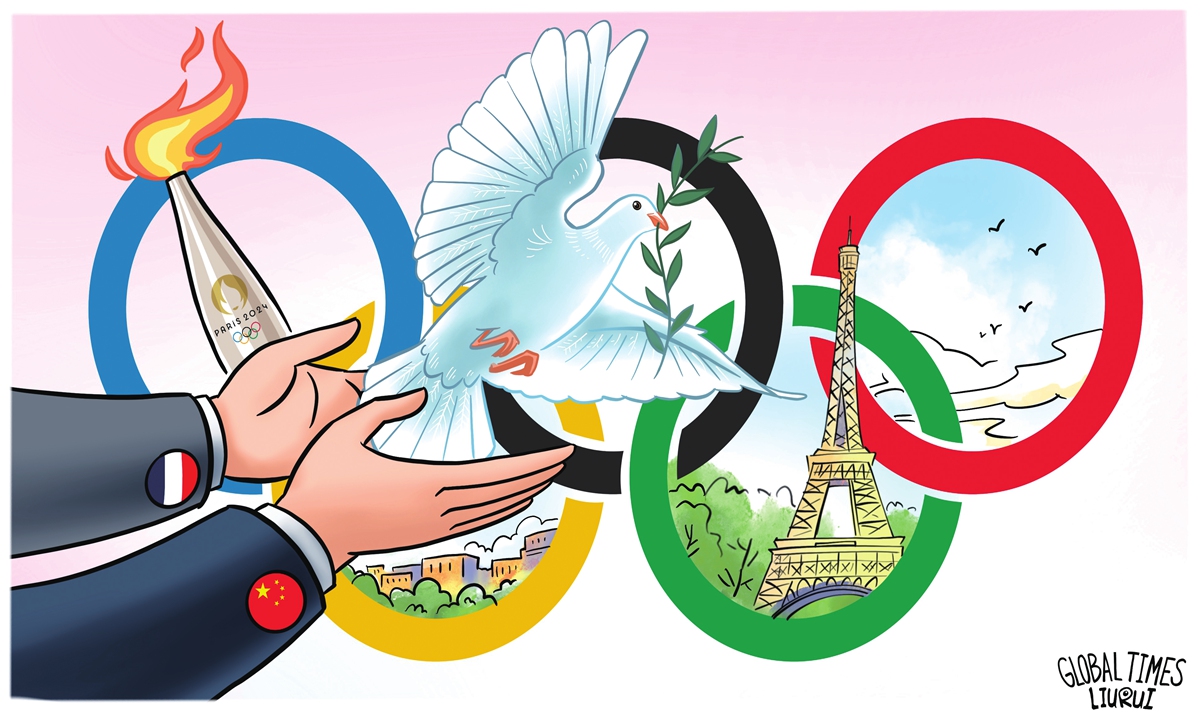



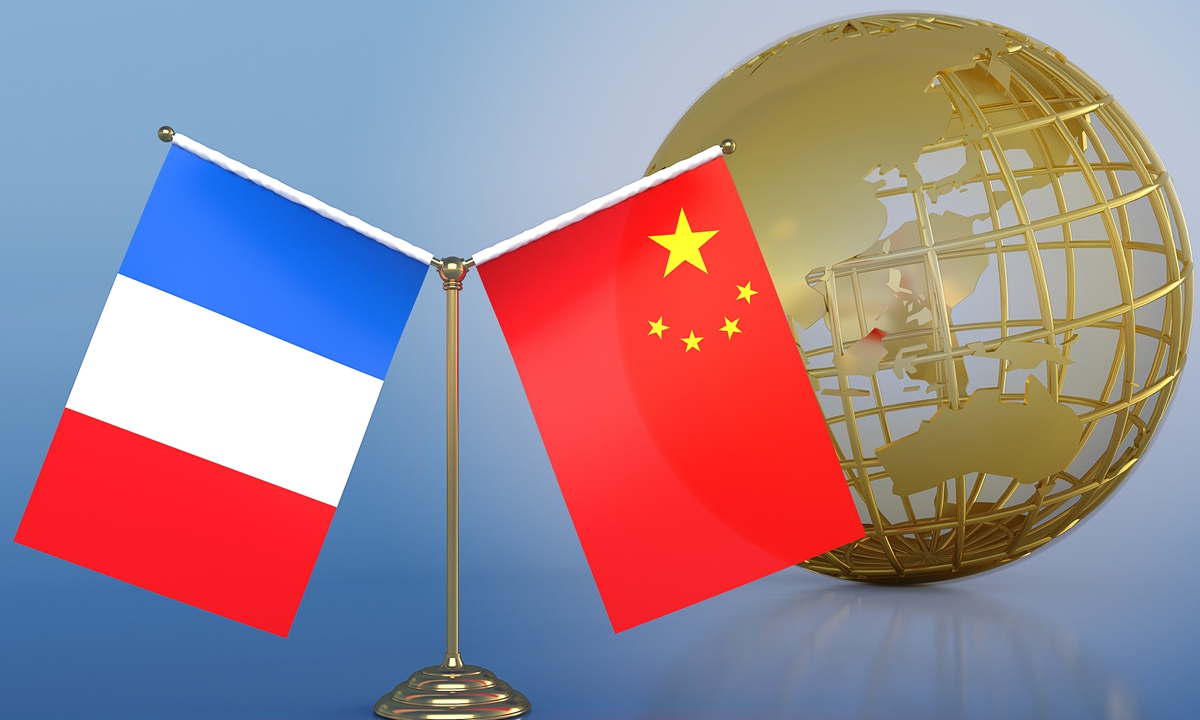



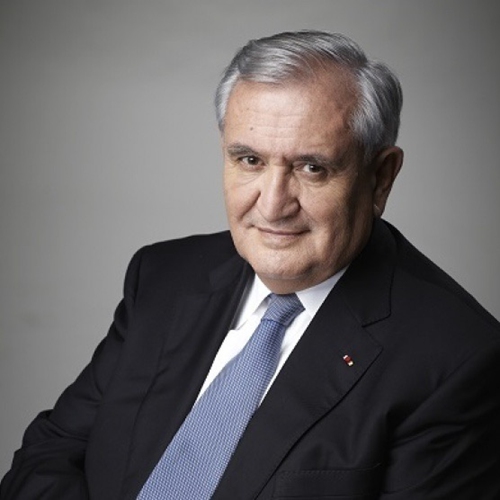
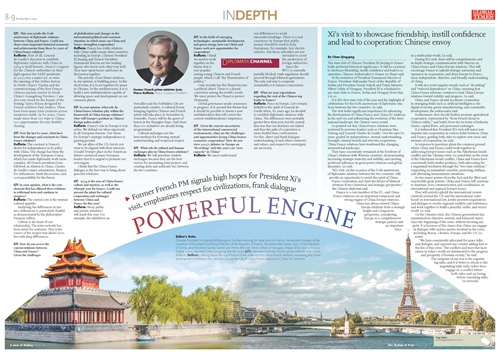
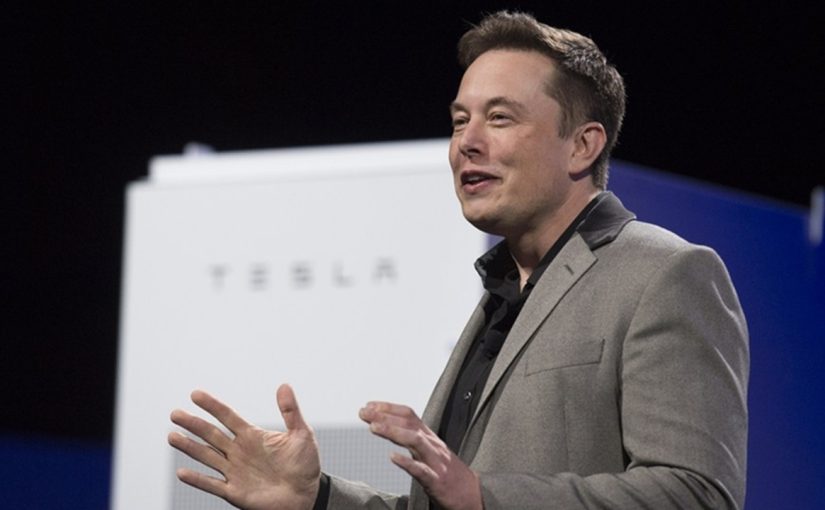
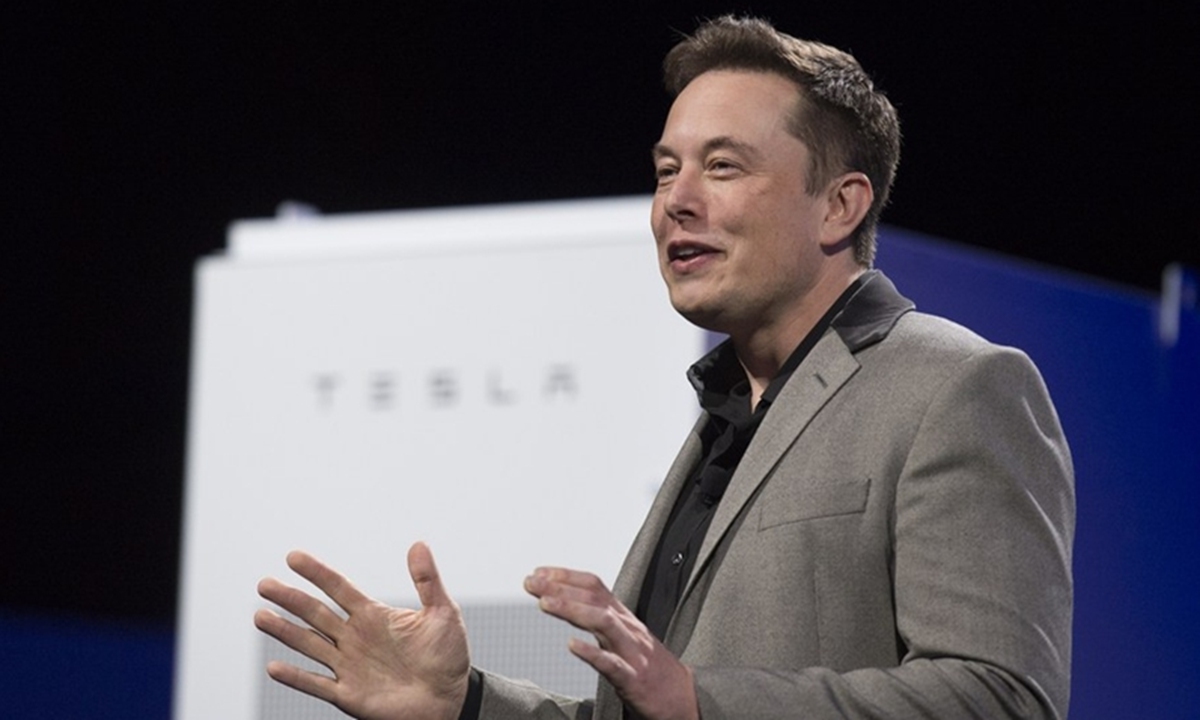

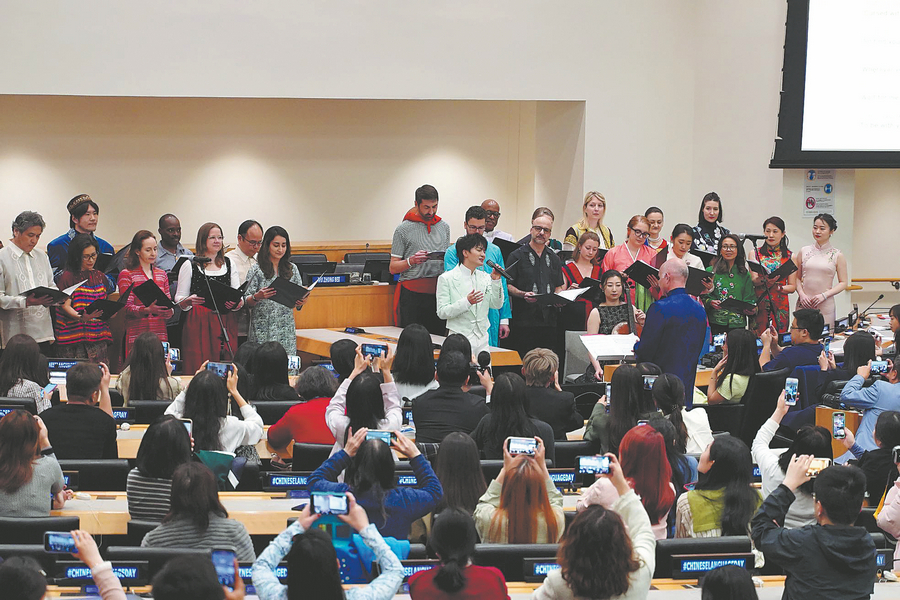 Zhou performing at the Chinese Language Day event at the United Nations headquarters in New York on April 18. MINLU ZHANG/CHINA DAILY
Zhou performing at the Chinese Language Day event at the United Nations headquarters in New York on April 18. MINLU ZHANG/CHINA DAILY 